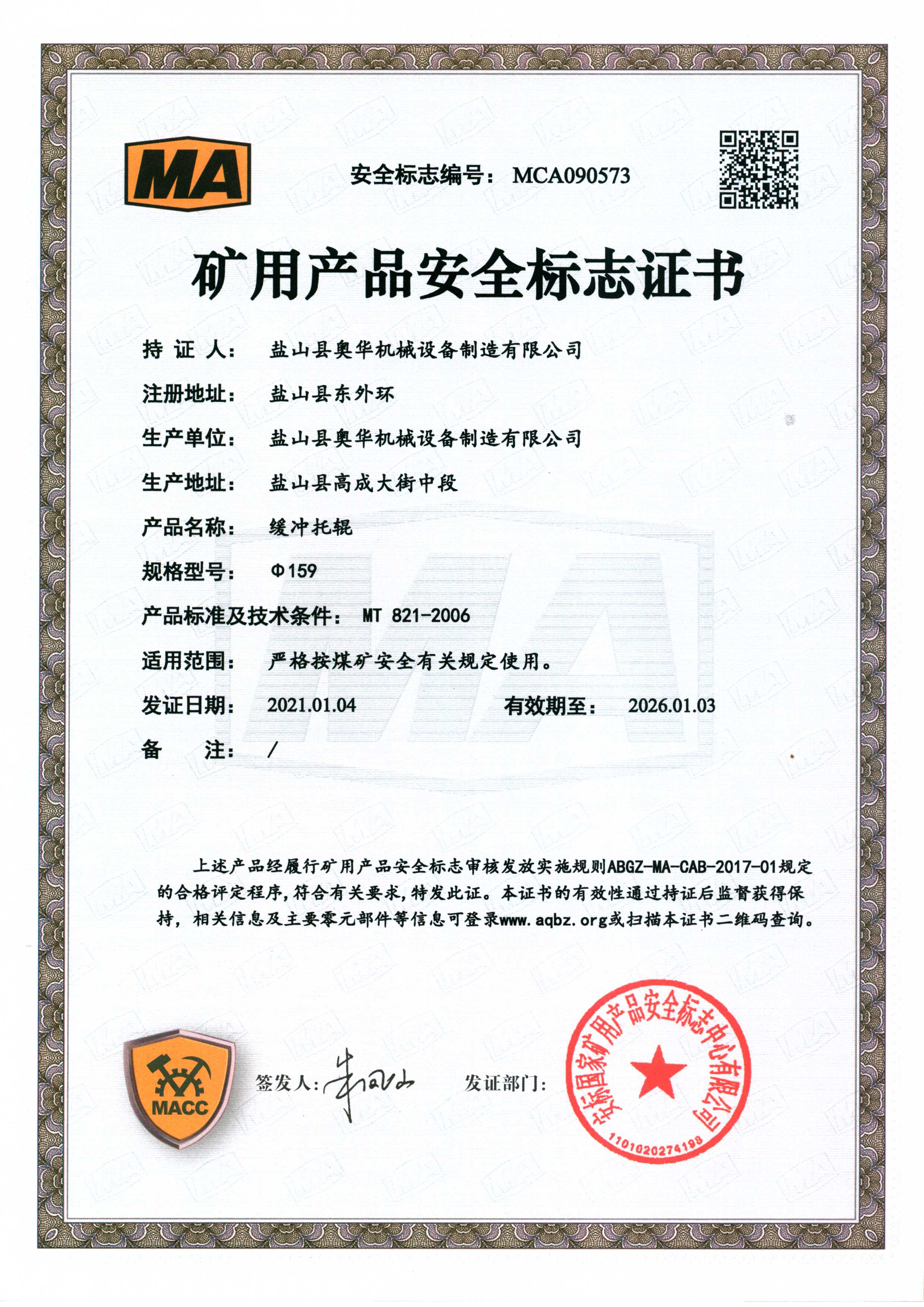 Afrikaans
Afrikaans  Albanian
Albanian  Amharic
Amharic  Arabic
Arabic  Armenian
Armenian  Azerbaijani
Azerbaijani  Basque
Basque  Belarusian
Belarusian  Bengali
Bengali  Bosnian
Bosnian  Bulgarian
Bulgarian  Catalan
Catalan  Cebuano
Cebuano  Corsican
Corsican  Croatian
Croatian  Czech
Czech  Danish
Danish  Dutch
Dutch  English
English  Esperanto
Esperanto  Estonian
Estonian  Finnish
Finnish  French
French  Frisian
Frisian  Galician
Galician  Georgian
Georgian  German
German  Greek
Greek  Gujarati
Gujarati  Haitian Creole
Haitian Creole  hausa
hausa  hawaiian
hawaiian  Hebrew
Hebrew  Hindi
Hindi  Miao
Miao  Hungarian
Hungarian  Icelandic
Icelandic  igbo
igbo  Indonesian
Indonesian  irish
irish  Italian
Italian  Japanese
Japanese  Javanese
Javanese  Kannada
Kannada  kazakh
kazakh  Khmer
Khmer  Rwandese
Rwandese  Korean
Korean  Kurdish
Kurdish  Kyrgyz
Kyrgyz  Lao
Lao  Latin
Latin  Latvian
Latvian  Lithuanian
Lithuanian  Luxembourgish
Luxembourgish  Macedonian
Macedonian  Malgashi
Malgashi  Malay
Malay  Malayalam
Malayalam  Maltese
Maltese  Maori
Maori  Marathi
Marathi  Mongolian
Mongolian  Myanmar
Myanmar  Nepali
Nepali  Norwegian
Norwegian  Norwegian
Norwegian  Occitan
Occitan  Pashto
Pashto  Persian
Persian  Polish
Polish  Portuguese
Portuguese  Punjabi
Punjabi  Romanian
Romanian  Russian
Russian  Samoan
Samoan  Scottish Gaelic
Scottish Gaelic  Serbian
Serbian  Sesotho
Sesotho  Shona
Shona  Sindhi
Sindhi  Sinhala
Sinhala  Slovak
Slovak  Slovenian
Slovenian  Somali
Somali  Spanish
Spanish  Sundanese
Sundanese  Swahili
Swahili  Swedish
Swedish  Tagalog
Tagalog  Tajik
Tajik  Tamil
Tamil  Tatar
Tatar  Telugu
Telugu  Thai
Thai  Turkish
Turkish  Turkmen
Turkmen  Ukrainian
Ukrainian  Urdu
Urdu  Uighur
Uighur  Uzbek
Uzbek  Vietnamese
Vietnamese  Welsh
Welsh  Bantu
Bantu  Yiddish
Yiddish  Yoruba
Yoruba  Zulu
Zulu non-drive pulley
Understanding Non-Drive Pulleys A Key Component in Mechanical Systems
Non-drive pulleys are an essential component in various mechanical systems, serving critical functions that enhance efficiency and effectiveness. While often overshadowed by their drive pulley counterparts, non-drive pulleys play a pivotal role in the overall performance of machinery, including belt-driven systems commonly found in industrial applications, automotive devices, and even household appliances.
What are Non-Drive Pulleys?
A non-drive pulley is a type of pulley that does not directly transfer power or motion from one component to another. Instead, it serves as a redirector for belts or cables, helping to support, guide, or change the direction of a load without contributing to the driving force. These pulleys are typically found in systems where the mechanical advantage is necessary for optimal performance but the energy transfer does not occur through that specific pulley.
Types of Non-Drive Pulleys
1. Idler Pulleys These are the most common type of non-drive pulleys. They are often used in belt systems to guide belts around other components, help maintain tension, and support the operational lifespan of the belt by reducing wear. Idler pulleys can be adjusted to modify belt tension, which is crucial for system efficiency.
2. Return Pulleys These pulleys allow the belt to complete its cycle by returning it to its starting point. They are typically found at the end of a belt path, redirecting the belt back to the drive area, thus creating a continuous loop.
3. Tension Pulleys These pulleys are designed to maintain the proper tension in a belt-driven system. By applying pressure against the belt, tension pulleys prevent slippage and ensure that the associated machinery operates smoothly and efficiently.
4. Guide Pulleys Guide pulleys help to align and stabilize the belt path, ensuring it remains on track during operation. These pulleys are essential in preventing misalignment, which can lead to excessive wear or failure of the associated equipment.
Applications of Non-Drive Pulleys
Non-drive pulleys are utilized across various industries due to their versatility and reliable performance.
non-drive pulley

- Automotive Industry In vehicles, non-drive pulleys are utilized in systems like timing belts, serpentine belts, and various accessory drive systems
. Idler and tension pulleys are critical for maintaining proper tension, ensuring that alternators, air conditioning compressors, and power steering pumps operate efficiently.- Industrial Machinery In factories, non-drive pulleys assist in conveyor systems, where they guide belts around corners and direct materials smoothly along production lines. Their role in minimizing friction and wear enhances productivity and reduces downtime.
- Home Appliances Even in household devices, non-drive pulleys are crucial. Washing machines, for instance, use these pulleys in their belt-driven motors to provide a seamless washing experience by managing the belts that spin the drum.
Benefits of Non-Drive Pulleys
The use of non-drive pulleys offers several advantages
- Efficiency Improvement By guiding belts and maintaining proper tension, these pulleys help ensure that the machinery operates efficiently, reducing energy consumption and wear on components.
- Increased Longevity With the proper support and guidance that non-drive pulleys provide, belts can experience less friction and strain, leading to a longer operational life and reduced maintenance costs.
- Versatility and Adaptability The various types of non-drive pulleys can be adapted to suit a wide range of applications, making them indispensable in design and engineering.
Conclusion
In conclusion, non-drive pulleys are vital for the functionality and efficiency of various mechanical systems. Their roles in guiding, supporting, and maintaining tension in belt-driven systems cannot be understated. As technology continues to advance, the design and application of non-drive pulleys will undoubtedly evolve, further enhancing their importance in modern engineering and machinery. Understanding their function and significance can help engineers and technicians optimize systems for better performance and longevity.
-
Revolutionizing Conveyor Reliability with Advanced Rubber Lagging PulleysNewsJul.22,2025
-
Powering Precision and Durability with Expert Manufacturers of Conveyor ComponentsNewsJul.22,2025
-
Optimizing Conveyor Systems with Advanced Conveyor AccessoriesNewsJul.22,2025
-
Maximize Conveyor Efficiency with Quality Conveyor Idler PulleysNewsJul.22,2025
-
Future-Proof Your Conveyor System with High-Performance Polyurethane RollerNewsJul.22,2025
-
Driving Efficiency Forward with Quality Idlers and RollersNewsJul.22,2025





























